They sing in harmony. Rhythmic tunes with simple lyrics. The lilting songs and the dance-like-footsteps have a deceptive beauty. The metal sheets balanced on their shoulders may weigh tons. Bare feet on slippery clay weaving through scrap metal, is dangerous at the best of times. In pouring rain, and with the loads they carry, the smallest slip could spell disaster. They gently sway in careful steps singing to stay in synchrony. It is a song of death.
Online Norwegian version in Dagbladet
shipbreaking-magazinet1?PDF in Norwegian Magasinet
dagbladet-nyhet?PDF in Norwegian Nyhet
“You wouldn’t have the time” he’d said. It was a polite conversation. Salahuddin, the cousin of Jahangir Alam, had rung me to thank me for helping him get an ambulance at the Apollo Hospital in the elite Bashundhara Complex in Bangladesh’s capital Dhaka, 250 kilometres from the port city Chittagong. Despite the hospital’s motto of “Bringing healthcare of international standard within the reach of every individual,” it was understood that all patients were not equal. Jahangir and his family had been waiting for over five hours. The hospital was for rich people and Jahangir, a worker at Ziri Subeder Shipbreaking Yard was undeniably poor. Even though the money had been paid, Jahangir, on his deathbed was not going to get the same treatment the other VIP patients at Apollo were given. Eventually the presence of a pesky journalist taking pictures had enough nuisance value for the hospital to dredge up an ambulance. Jahangir would arrive at a cheaper, less equipped hospital in Chittagong, in the early hours of the morning. Knowing I was interested in the plight of the workers, Salahuddin had rung to tell me there had been another accident. A worker was in hospital and they were going to amputate his leg. He felt my presence might save the man’s leg. I was due to go to London the following day, for a brainstorming meeting with Amnesty International. Going to and from Chittagong that day would have been difficult. I had things to do before leaving. Salahuddin was right. Even though I knew that my presence might perhaps have made a difference to a man’s life. I didn’t have the time. We never have the time. Not for some people.
The working conditions at the shipbreaking yards of Chittagong are well known. It is the usual story. In order to get the ships, the Bangladeshi shipbreakers pay the best rates to the ship-owners. To retain their profits, they pay the workers the lowest rates in the world, and provide virtually no safety. Workers die and suffer injuries on a regular basis. Some receive modest compensation, others don’t. According to workers, many deaths are simply not registered with the bodies being ‘disappeared’ by the owners.
I had wanted to do a story on the shipbreaking yards for some time. When Halldor Hustadnes of the Norwegian newspaper Dagbladet approached me I was immediately interested. I rescheduled a short assignment in Manila so that we could work together for the entire period. A loophole in the Basle Convention was allowing ship-owners to continue dumping ships with toxic waste with abandon in majority world countries that had little regulation.
The new International Maritime Organisation, convention was about to be ratified, but environmentalists felt it would not result in better conditions for workers. Norwegian ship-owners, who benefitted the most from loopholes in the convention (like the ships not being declared waste, and therefore not falling under waste jurisdiction), were a powerful lobby. Even Lloyds the insurers, who register and control the world’s shipping, felt the new convention would not have an effect.
We were hoping our story, timed to appear before the ratification of the convention, would bring attention to the plight of the workers. Getting access to the yard was going to be the main stumbling block. My student Sourav Das, put me in touch with Wahid Adnan. Adnan had good links with Rahman yard. We had been told that the Norwegian ship UMA was berthed at Rahmania yard. The slightly different name might just have been due to a mistake in communication. There was a ship UMA near Rahman yard. This was a breakthrough. Adnan managed to get me in, but though it was the right ship, it was the wrong yard. UMA was going to be broken at Royal, the yard next to Rahman, where we had no access.

So we started with the access we had, and worked our way across the porous beach. It was a Friday. The weekend in Bangladesh. We utilised the absence of the manager to bluff our way into the ship. The abundance of asbestos, the open chemical store, the sacks of Potassium Hydroxide pellets and other toxic chemicals left unprotected, were all fairly visible. One of the workers talked of the films they had been shown about how asbestos was toxic, and had to be buried under concrete and that workers needed to wear protective clothing. “But that was just a film” he said.

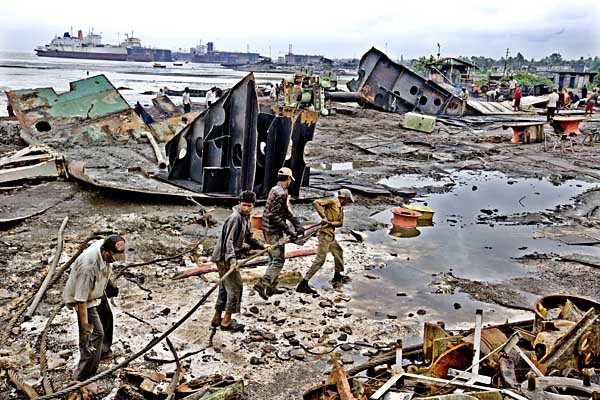
Shujon was the smallest of the workers. With marigolds dangling from his ears, he insisted on being photographed. He behaved like a child, though we found out he was older than he looked. Only wealthy Bangladeshis have birth records. And with most children being malnourished, looks can be deceptive. Shujon was a helper. Hirolal, the cutter he was helping, didn’t look much older than him. They were cousins. Shielding his eyes from the intense heat with his hands, Hirolal, broke down larger pieces of metal into more manageable shapes. Shujon cleared the debris, oblivious to the sparks that flew around him. Both boys wanted to find work overseas. Singapore was their dream destination. I didn’t tell them that Bangladeshi workers in Singapore, often found themselves in similar bonded labour. At least Shujon and Hirolal had a dream. The contractor came over and started beating up Shujon. He needed to get on with his work. We were getting him into trouble and kept our distance.
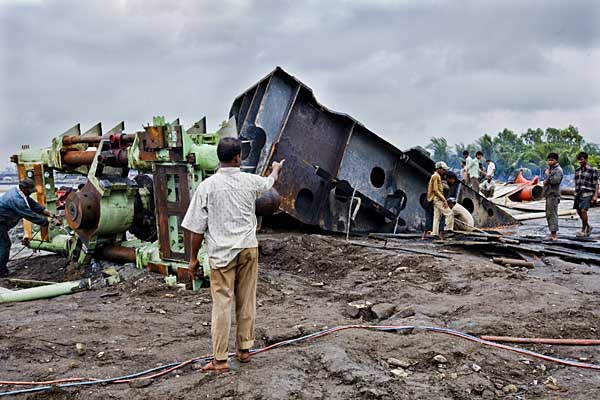
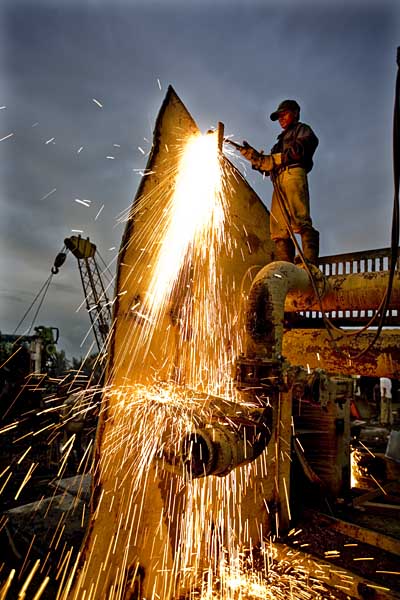


Early the following morning I saw Rubel, bailing out the water from a lifeboat. Rubel was 14 and had been a ferry ‘man’ since he was 11. His mother didn’t really want him to be doing risky work, but they needed the money. We left before sunrise, before the manager arrived. Rubel was well into his day’s work.
That night when the manager had left, we went back into the yard and slept with the workers. We were guests and had the luxury of having a metal sheet to ourselves for a bed. They sung for us that night. Not the pop songs that we heard on television, or the Tagore songs that the wealthy elite took as a sign of culture. They were haunting songs of longing and parting. One was a song about visas:
With a two day visa
To this false world
Why did Alla send me
Why send me here
With the pain of seeking comfort
He sent me on my own
What game did he play
What game does he play

- Using metal sheets for beds, workers sleep in crowded huts with no toilets. 11th August 2008. Chittagong. Bangladesh ? Shahidul Alam/Drik/MW/Dagbladet
With an empty water bottle and a wooden box as a drum, we sang into the night. Their raw voices blending with the steady rain on the tin roof. “We are poor folk. There’s work tomorrow. We need to sleep.” The foreman said abruptly. We knew the songs had been sung for the entertainment of the guests, at the cost of much needed rest. I walked out into the rain. The tide was coming in. UMA was glistening in the yard searchlight. The guards in their yellow raincoats stood out in the darkness.
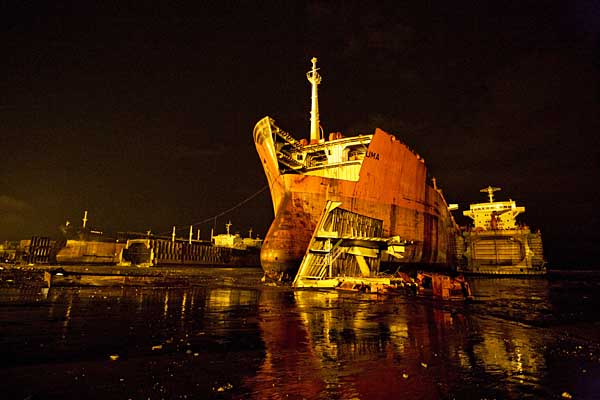

Captain Inam was a boisterous jovial man. He was the most experienced beach captain, and the de-facto spokesperson for the shipyard owners. He was much in demand. When we wanted to speak to the owners, they insisted that the good captain be around. The owners spoke little, leaving it up to the articulate seaman to fend our questions. They invited us over to Bonanza, a posh restaurant in downtown Chittagong. One of the many businesses owned by Mr. Amin, in whose yard two other Norwegian ships, the Gold Berge and New Berge were also being stripped. Captain Inam explained how the ship-owners who made the bulk of the profit took no responsibility for the situation of the workers. How they should allocate a percentage of their profits to building a modern shipyard in Chittagong. How these environmentalists were in collusion with the Northern ship-owners and working towards increasing their profits. Of how the shipyard owners really felt for the workers. Of how they provided helmets, and gloves and shoes to all workers, but that workers didn’t want to wear them. None of this matched with what the workers had to say. “A pair of shoes cost us 500 Taka” they said. That was four days’ wages for the average worker. Odfjell the Norwegian owner of UMA had made 7.5 million dollars from the sale of the dying ship.
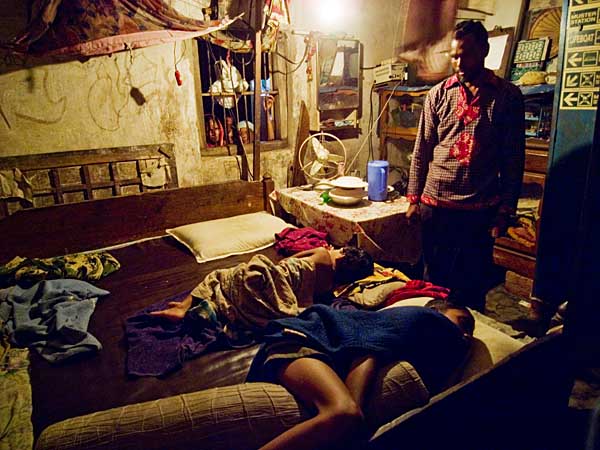
The foreman cutter talked of how he had escaped death but the person next to him had died due to poisoned gas in the hull of a ship. He took us to his one room house where the parents and the two children shared a bed that almost occupied the entire room. He talked of the four times they had tried to set up a union. Each time the local goons were used to beat them into submission. The main organisers were tortured and lost their jobs. Captain Inam, has a different version. “There are no restrictions to forming unions.” He says. “The workers are simple people and don’t think in those terms.”

The number of injuries have gone down enormously says the captain. Now there are hardly one or two a year. They take us to the hospital they are building, to reduce medical fees paid to external hospitals. We never went into the logic of requiring to build a hospital to reduce costs if only one or two deaths and a few injuries were taking place all year.
One of the workers Saiful takes us to a nearby village. Walking a few hundred metres, we come across several families of injured workers. A few say they have received modest compensation. Some say they’ve received nothing. Even though these injuries were from a few years ago, the frequency of injuries has little in common with the captain’s figures.
Shahin, an NGO worker who has been campaigning for the rights of shipyard workers, rings us to tell us of an accident that has just taken place. We rush over to Chittagong Medical Hospital (CMH). As all other public hospitals in Bangladesh, CMH is overrun. The three workers were carried up the five flights of stairs and lay on the hospital floor. There were no spare beds. Jahangir was the most badly injured. His head was bleeding, and he couldn’t move. He was barely conscious. The other two workers had broken limbs but would survive. There were no stretchers and Jahangir’s family and friends, took him across to a less busy part of the hospital floor, carrying him on a stretched sheet.

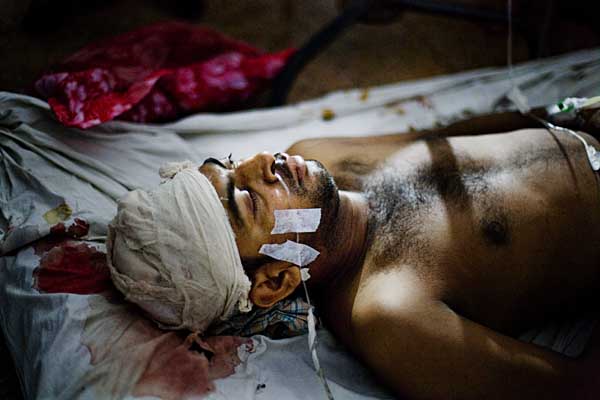
We contact Al Hajj Lokman Hakim, the owner of Ziri Subedar Yard. Mr. Hakim is angry. “They have accidents because of their own stupidity. Sometimes they have minor injuries, and we have to pay for it. If these foreigners care so much about our workers why don’t they build a new dock for us?” Cursing everyone in sight as we go down the lift of his highrise building, the Lokman Tower, Mr. Hakim drives off in his shiny car. A 5.5 million Taka car according to our driver.
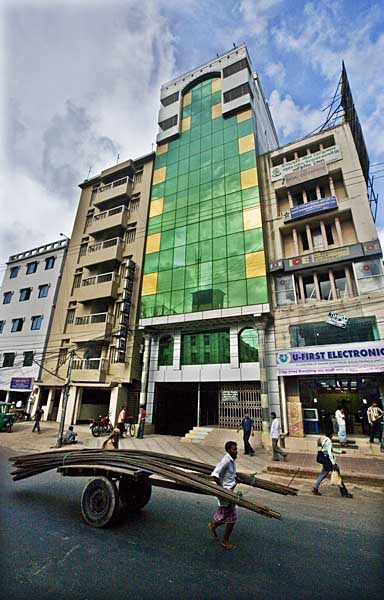
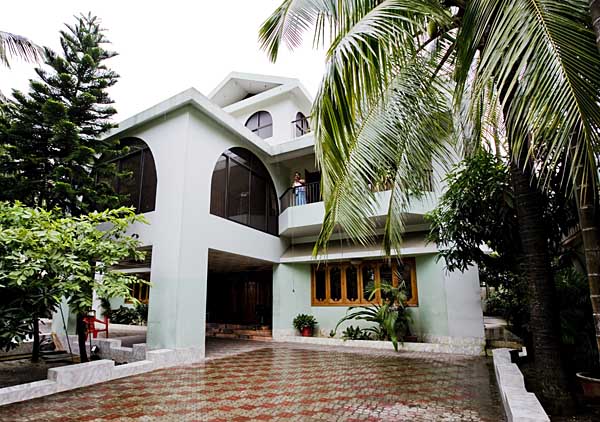
The news was more than Jahangir’s mother Nurjahan could take. Her eldest son had an accident a year ago. Two months ago her husband had died. Two weeks later, Alamgir, Jahangir’s younger brother had been injured while working in a different yard. The yard owner had paid for Alamgir’s treatment, but there was no knowing if he would ever be able to work again, or how long the owner would keep paying for the treatment. Jahangir had been the only earning member of the family. As it was, the family depended upon the generosity of the neighbours for their survival. Jahangir’s injury had left the family in tatters. “It is poverty that has driven my sons to this life,” says Nurjahan. “If my Jahangir returns, I will never send him to the yard again.”
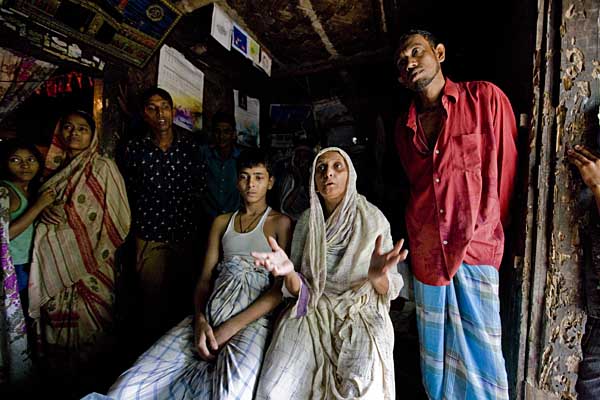
Jahangir never returned. On the night of the 6th September, Jahangir had spoken. He seemed to be on the verge of recovery. He would never walk again, but at least he would live. The following morning Shahjahan heard he had died. Shahjahan knew that the company had been concerned about the rising medical bills, and wondered if Jahangir’s death had been necessary to keep the bills down. One thing was certain. His two day visa had expired.
The ship owners in Norway, will never know he lived.

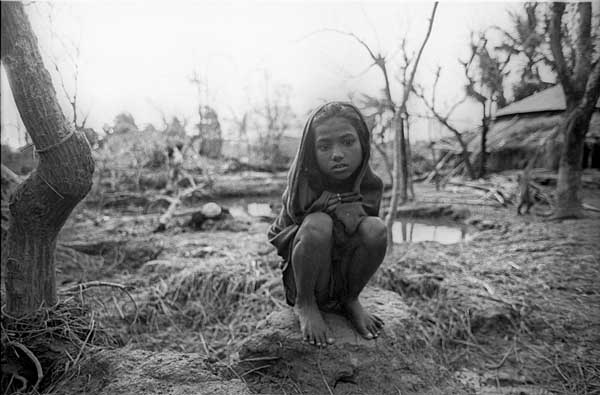
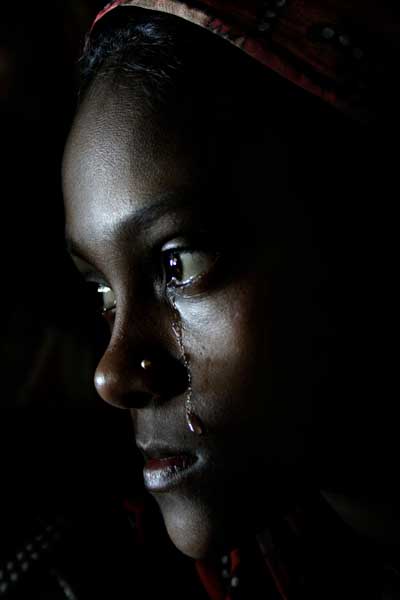
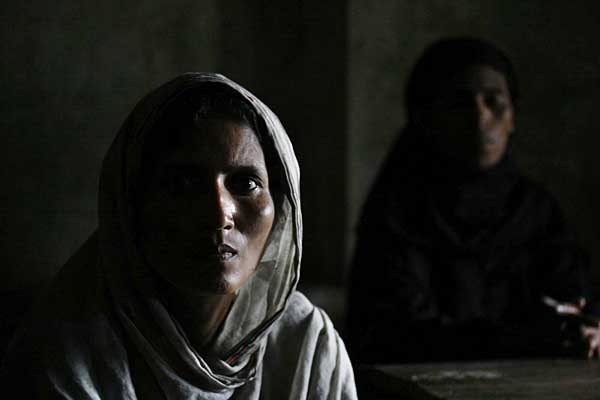
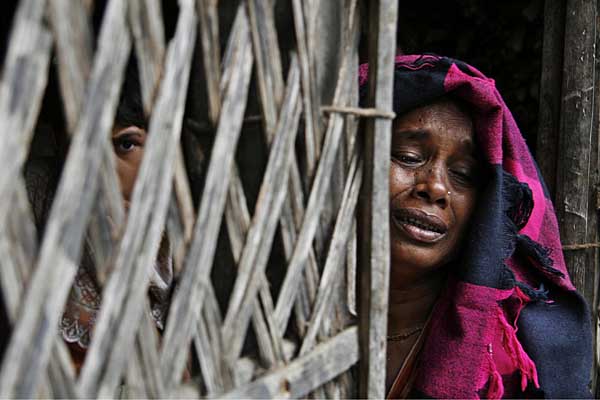
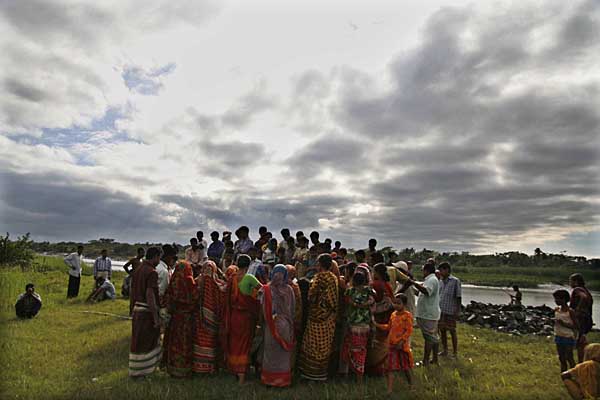
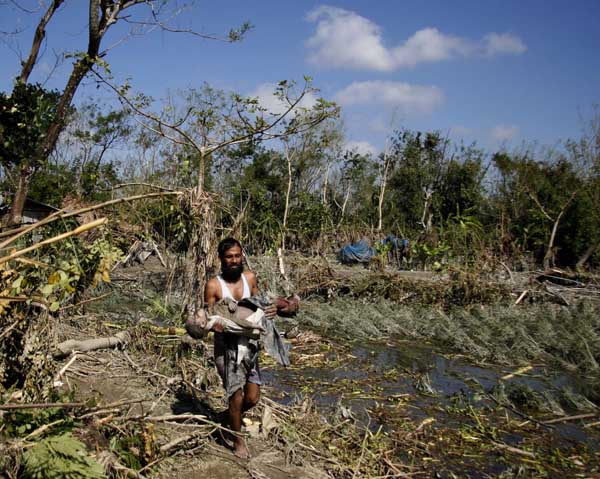
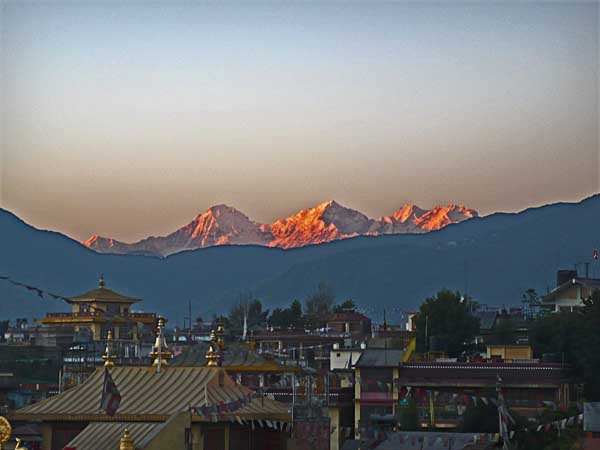
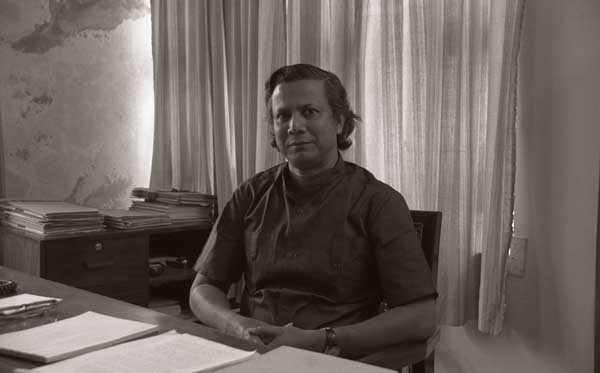







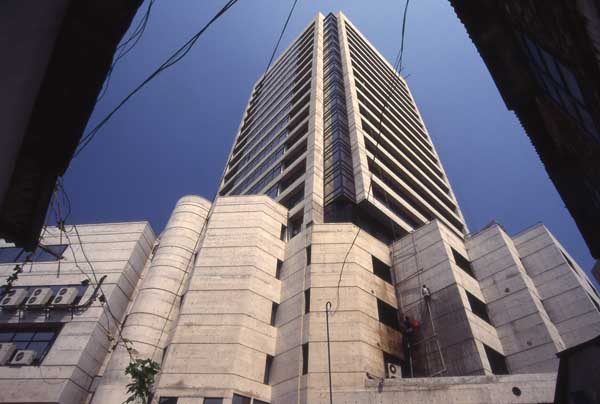
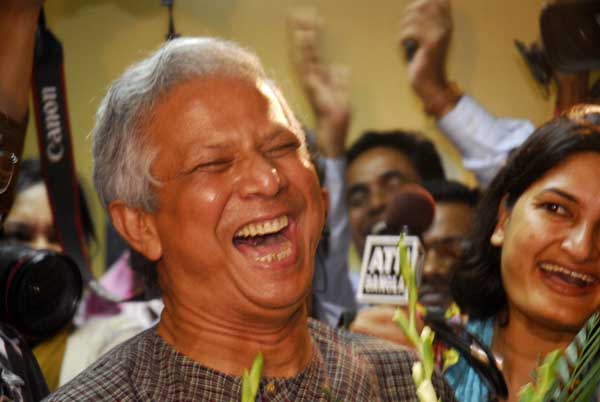
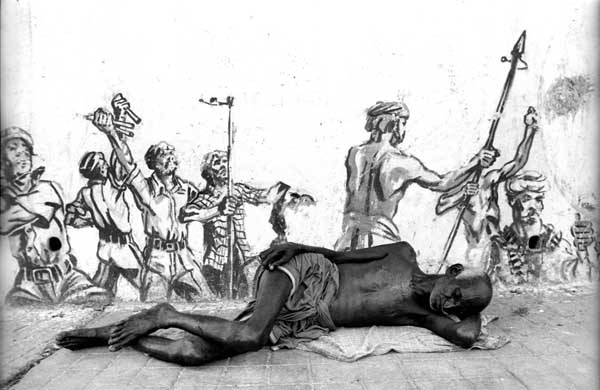

 We remember the time we had to go to some UNICEF meeting or other with Bhai’ya (Shahidul Alam). It was in the Sonargaon Hotel. A huge, fancy affair, where we had trouble walking, where our feet kept slipping on the shiny lobby floor. A different world, the world of the rich. As if that wasn’t enough, Pintu had lost one of his sandals on the way there. We knew we wouldn’t be allowed inside in bare feet, but Bhai’ya told us that there was no need to worry, that everything would be fine. So we walked on that slippery floor and looked everywhere. Everything seemed so grand, everything smelled of money. People throw away so much money! In the middle of the hotel was a swimming pool with almost-naked foreigners in it. We felt too ashamed to look at them.
We remember the time we had to go to some UNICEF meeting or other with Bhai’ya (Shahidul Alam). It was in the Sonargaon Hotel. A huge, fancy affair, where we had trouble walking, where our feet kept slipping on the shiny lobby floor. A different world, the world of the rich. As if that wasn’t enough, Pintu had lost one of his sandals on the way there. We knew we wouldn’t be allowed inside in bare feet, but Bhai’ya told us that there was no need to worry, that everything would be fine. So we walked on that slippery floor and looked everywhere. Everything seemed so grand, everything smelled of money. People throw away so much money! In the middle of the hotel was a swimming pool with almost-naked foreigners in it. We felt too ashamed to look at them. When we go somewhere people usually comment ‘Oh you poor deprived children’. Nonsense! If they grab all the opportunities of course we’ll be deprived. First they take everything for themselves, then they coo ‘Oh, you poor deprived child’. If we are not given a chance, how can we make it? Our speech, the way we talk is offensive to the bhadrolok, the upper class. ‘Oooh, your pronunciation,’ they sniff at us, ‘the way your language wanders all over the place.’
When we go somewhere people usually comment ‘Oh you poor deprived children’. Nonsense! If they grab all the opportunities of course we’ll be deprived. First they take everything for themselves, then they coo ‘Oh, you poor deprived child’. If we are not given a chance, how can we make it? Our speech, the way we talk is offensive to the bhadrolok, the upper class. ‘Oooh, your pronunciation,’ they sniff at us, ‘the way your language wanders all over the place.’